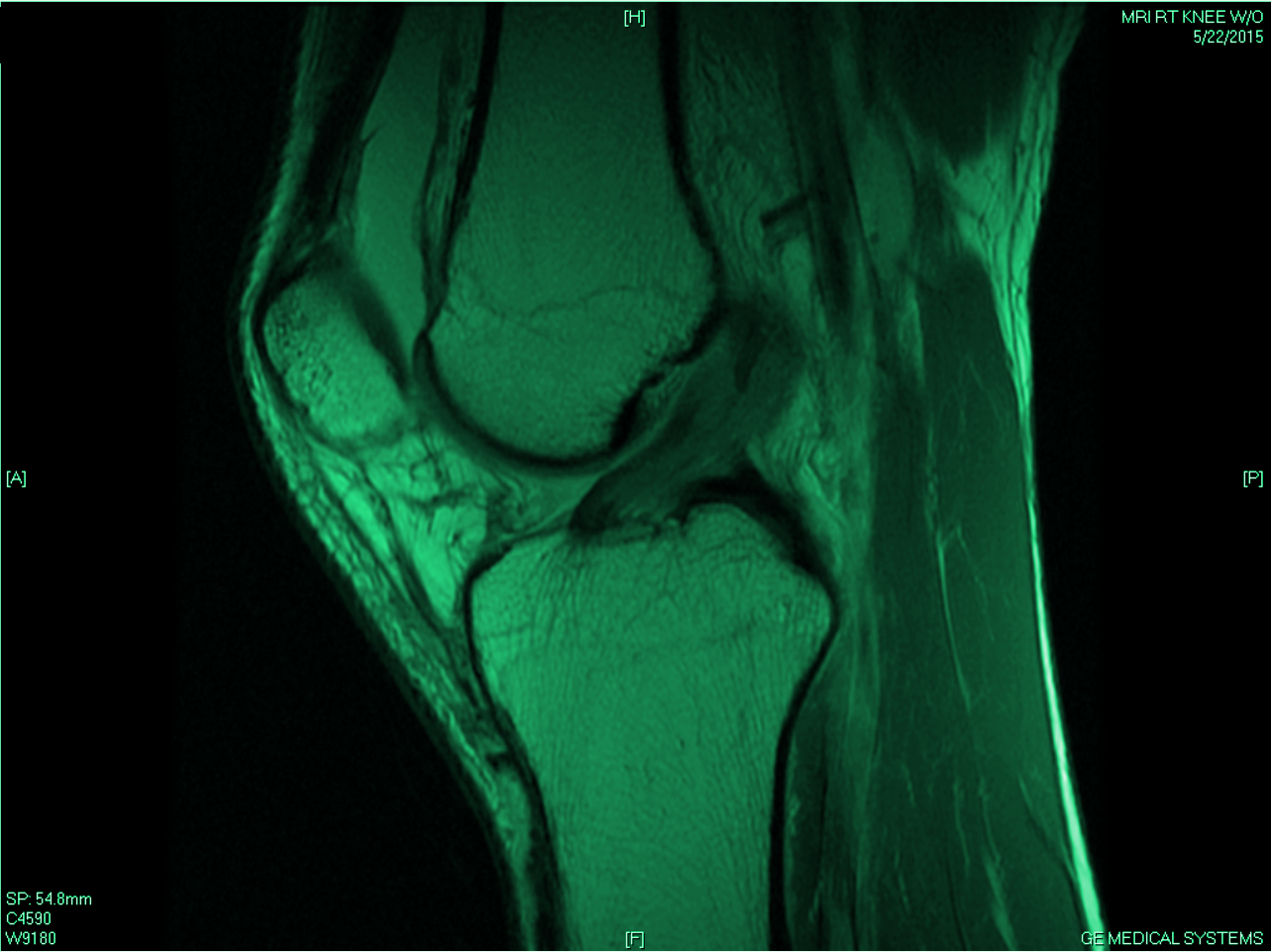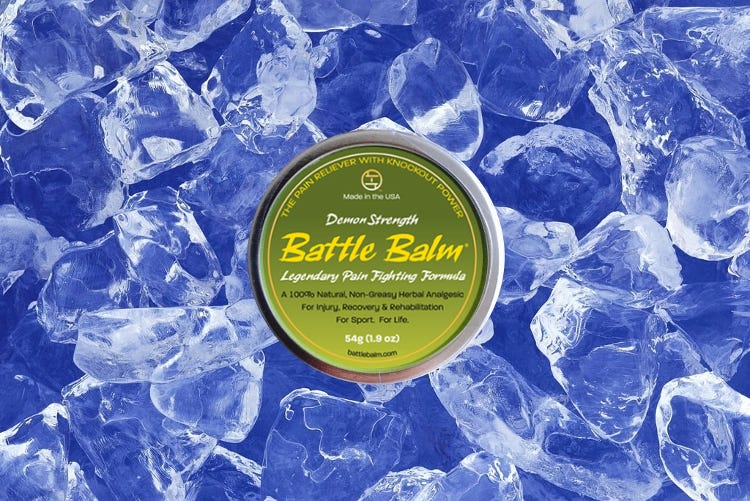WE TAKE PAIN RELIEF SERIOUSLY. EVERYTHING ELSE? MEH.
GET THE STRONGEST ALL-NATURAL & ORGANIC TOPICAL PAIN CREAM ON THE MARKET TODAY...& THE MOST INTERESTING.
PUNCHING PAIN IN THE FACE SINCE 2011.
WE TAKE PAIN RELIEF SERIOUSLY. EVERYTHING ELSE? MEH.
GET THE STRONGEST ALL-NATURAL & ORGANIC TOPICAL PAIN CREAM ON THE MARKET TODAY...& THE MOST INTERESTING.
PUNCHING PAIN IN THE FACE SINCE 2011.
WE TAKE PAIN RELIEF SERIOUSLY. EVERYTHING ELSE? MEH.
GET THE STRONGEST ALL-NATURAL & ORGANIC TOPICAL PAIN CREAM ON THE MARKET TODAY...& THE MOST INTERESTING.
PUNCHING PAIN IN THE FACE SINCE 2011.
WE TAKE PAIN RELIEF SERIOUSLY. EVERYTHING ELSE? MEH.
GET THE STRONGEST ALL-NATURAL & ORGANIC TOPICAL PAIN CREAM ON THE MARKET TODAY...& THE MOST INTERESTING.
PUNCHING PAIN IN THE FACE SINCE 2011.
WE TAKE PAIN RELIEF SERIOUSLY. EVERYTHING ELSE? MEH.
GET THE STRONGEST ALL-NATURAL & ORGANIC TOPICAL PAIN CREAM ON THE MARKET TODAY...& THE MOST INTERESTING.
PUNCHING PAIN IN THE FACE SINCE 2011.
WE TAKE PAIN RELIEF SERIOUSLY. EVERYTHING ELSE? MEH.
GET THE STRONGEST ALL-NATURAL & ORGANIC TOPICAL PAIN CREAM ON THE MARKET TODAY...& THE MOST INTERESTING.
PUNCHING PAIN IN THE FACE SINCE 2011.

Recovering From Major Knee Surgery Without Ice
4 min read
The whole RICE (Rest, Ice, Compression, Elevation) idea is almost completely dead. There are lots of holes in the original theory and even the creator, Gabe Mirkin, changed his tune a few years ago regretting the 40-year-old phrase. Yet, the method continues to be used in sports facilities and doctor offices everywhere. The mnemonic is too easy to remember and thus, has been too difficult to forget.
It’s still written in school textbooks. Teachers are still teaching it. Medical doctors are still recommending it. Physical therapists (PT) are still practicing it. And, the injured are still using it.
I am not a believer. I have never been a believer in the RICE method. The first half of the equation, rest and ice, negatively impacted my recovery. I always felt stiff with too much rest. Ice never felt right against my injury for anything other than short-term pain relief. Compression and elevation, though, were beneficial to facilitate improvements with my own minor sprains and strains. But, rest after an injury always made me feel worse.
At this time, I must reveal that I’m a pain management specialist and my tools are more natural forms of therapy: acupuncture, massage, and herbology. I practice alternative medicine and focus on optimizing the body’s own healing mechanisms. Throughout my clinical practice, I’ve never recommended ice for my patients’ complaints unless I was seeing the individual within 36 hours of injury.

So when I tore my anterior cruciate ligament (ACL) two years ago and required surgery, I had my own ideas about the rehabilitation plan afterwards. As I found out on my first post-op visit, my PT rehabilitation specialist had other ideas. At the end of our session, she pulled out the gel pack, elevated my leg, and asked me to hold the frozen blue blob on my knee.
I politely refused.
Americans seem to be obsessed with icing body parts after acute injury. Hell, even for chronic pain, many people reach for an ice pack believing that the instant relief is fixing the issue. I’d agree that instant relief is a great reason for using ice, but tissue numbness and actual pain relief should not be held equal. I don’t know if we can blame Mirkin, but surely the pervading attitude is that ‘ice will reduce the inflammation’ when, for the most part, it is not the case. So it didn’t surprise me when my PT wanted to ice my knee on our initial therapy session.
There was much discussion between myself and the therapist about my rehabilitation program. The staff was not interested in customizing it for my needs. After noting the therapy protocol to treat me was the same as that given to a 60 year old woman, I decided to rehabilitate my knee myself. I wasn’t interested in returning to the activity of a retiree. I was interested in going back to Muay Thai and Jiu Jitsu training. Quickly.
Disregarding the conventional therapy offered, I modified and scrapped what I felt was the biggest hindrance to my injury treatment program, the ice. (Ice is a vasoconstrictor and numbing agent. It provides short-term pain relief, which is great as a temporary analgesic. But valuing it as a solution to inflammation and swelling would be incorrect. Long-term use during trauma recovery can also impede the healing process.)

I needed to consider a replacement for ice. The obvious answer to me was to use my own company’s Battle Balm Demon Strength Pain Relief Cream, a plant-based 100% herbal topical that was formulated specifically for acute injury.
As upset as I was about my painful injury, I also considered it to be a huge opportunity to test out a product I had developed myself. Over the years Battle Balm has been in production, we’d received lots of positive feedback from customers, but I was the first known individual to use it to completely replace ice during post-operative ACL reconstruction therapy. The technical research I had done with plant medicinals and extractions was being put to the test. I was betting the health of my own knee on it. And as biased as I could possibly be, strength and ROM tests could not be faked. If Battle Balm was a formidable product in trauma and pain management, I had a winner. If not, I’d have to reevaluate what I knew about post-surgical rehabilitation. I’d also have to reconsider my ideas about using Battle Balm in the place of ice.
The results spoke for themselves. My post-op visits to the surgeon were met with surprise and amazement. She even had other surgeons come in to see my progress. My swelling reduced drastically in the first week. I was off the crutches in less than 10 days. Within 3 months, the goniometer showed that I had recovered 97% of my knee ROM. Within 4 months, I was at 99% with full extension the limiting factor. (It took 6 months to recover 100% full ROM.) Also at 4 months, I returned to the jiu jitsu mats again for light drilling. I had recovered significantly and my progress was on par with, or beyond, the data points of professional athletes half my age. (I was 39 years old at time of surgery.)
I’m not saying that Battle Balm is the quintessential replacement for ice. What I am saying is that ice is not necessary for many post-surgical rehabilitation protocols. And while ice does have a place in some post-op treatments, it shouldn’t be used to facilitate healing or regarded as a modality to do so. The antiquated methods that are still being used in hospitals and rehabilitation facilities need to change. Just as the R in RICE for rest has recently been removed in favor of mobilizing the patient right after surgery, the I in RICE for ice needs to be more heavily scrutinized. As with everything, my journey is just one data point for the reader to consider. But, my right knee and heavy bag do not lie.
Leave a comment
Comments will be approved before showing up.
Subscribe
Sign up to get the latest on sales, new releases and more …

Signup for our Newsletter
Get current pain research, the latest discounts, inspiring stories, and much more delivered right to your inbox. Never spam, always top-notch information.